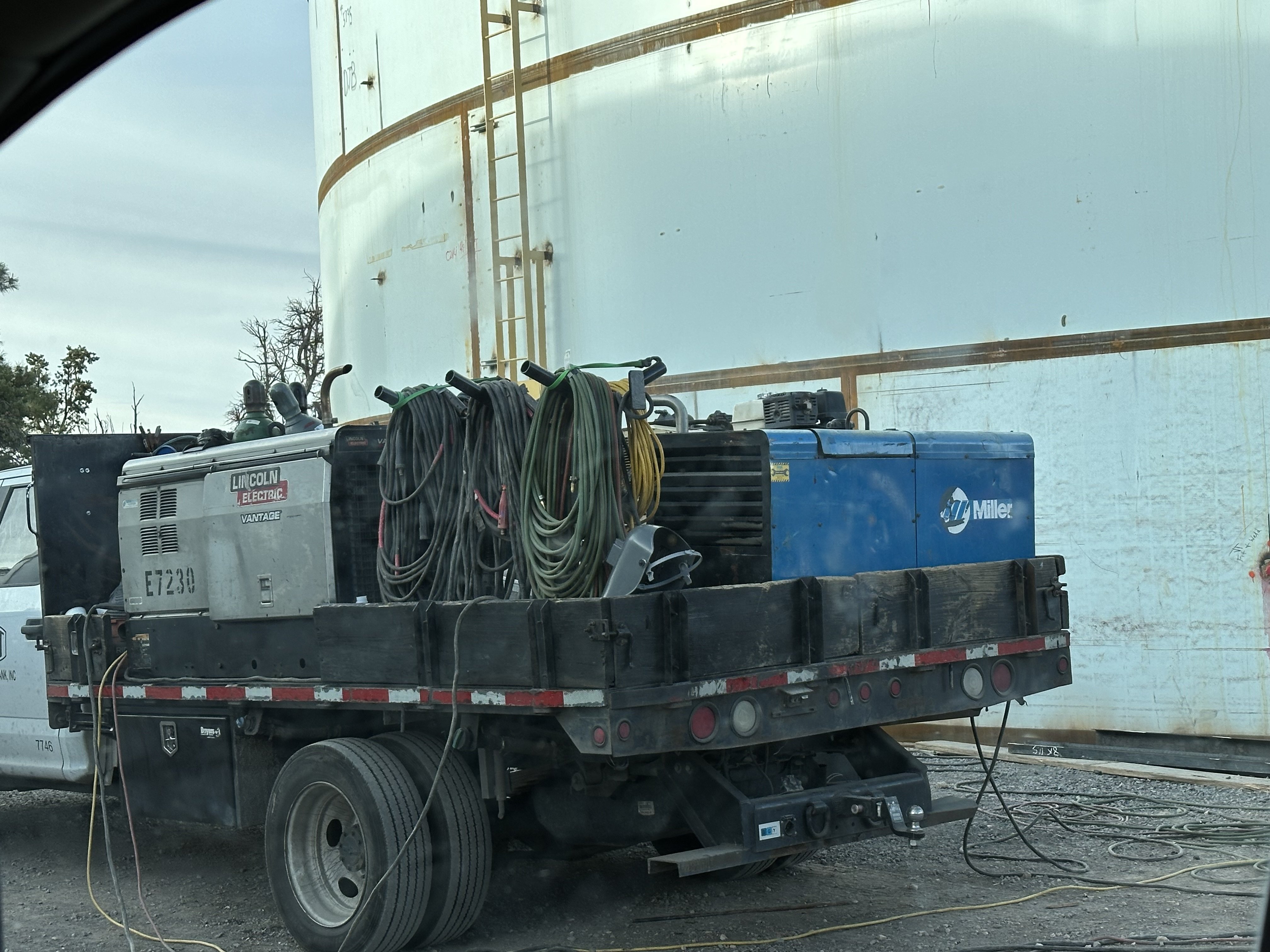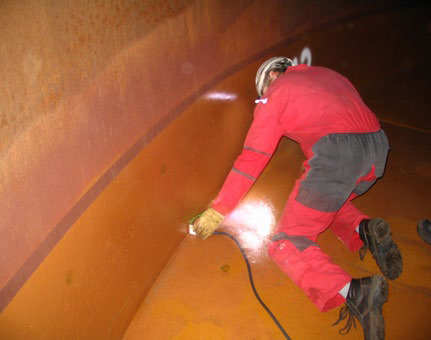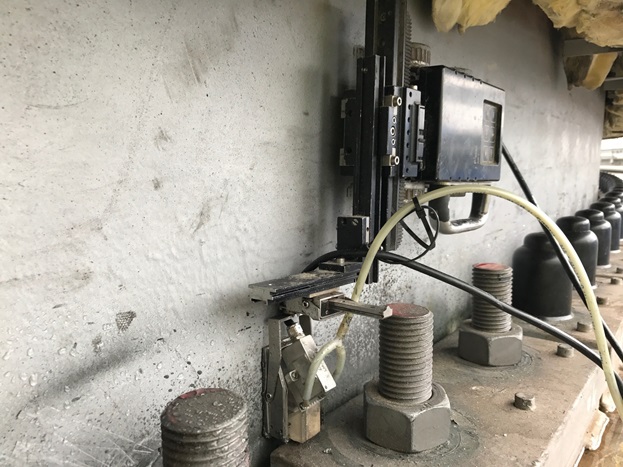Why Normal Tank Welding Inspection is Crucial for Architectural Stability
Why Normal Tank Welding Inspection is Crucial for Architectural Stability
Blog Article
The Essential Function of Container Welding Inspection in Ensuring Structural Integrity and Security Compliance in Industrial Applications
In the world of industrial applications, tank welding evaluation arises as a crucial component in protecting structural honesty and making sure compliance with safety policies. Using a mix of methods such as aesthetic evaluations and progressed testing techniques, these inspections offer to recognize and mitigate prospective defects before they escalate into considerable dangers.
Significance of Storage Tank Welding Examination

Making sure compliance with market criteria and laws is one more considerable aspect of container welding examination. Regulatory bodies mandate strict standards for the building and construction and upkeep of storage space containers, and comprehensive assessments aid organizations follow these needs. Non-compliance can cause severe fines, including penalties and closures, further highlighting the demand for rigorous evaluation procedures.
Furthermore, storage tank welding evaluation plays a critical duty in keeping operational efficiency. Routine analyses can determine prospective issues before they escalate, helping with timely repair services and reducing downtime. This positive technique not only improves safety and security however additionally adds to set you back savings in the lengthy run. In summary, the importance of storage tank welding evaluation lies in its capability to guard public wellness, secure the atmosphere, and ensure compliance with governing structures.
Secret Assessment Strategies
Effective tank welding evaluation relies upon a selection of key methods that ensure detailed evaluation of weld top quality and structural honesty. Amongst one of the most widespread strategies are aesthetic examination, ultrasonic testing, radiographic screening, and magnetic fragment screening - Tank Welding Inspection. Each method supplies special advantages in assessing various elements of the weld
Visual evaluation functions as the initial line of protection, allowing assessors to identify surface area flaws, abnormalities, or inconsistencies in the weld bead. Ultrasonic testing uses high-frequency sound waves to detect inner defects, such as cracks or voids, giving a thorough analysis of weld stability. This method is particularly efficient in discovering problems that may not show up on the surface area.
Radiographic testing uses X-rays or gamma rays to generate photos of the welds, exposing internal gaps and giving a long-term record for future reference. This strategy is extremely efficient for important applications where the risk of failing have to be reduced.
Lastly, magnetic particle screening is used to recognize surface area and near-surface flaws in ferromagnetic products. By applying electromagnetic fields and great iron fragments, assessors can identify gaps that could compromise the structural honesty of the container. Together, these techniques develop a robust framework for guaranteeing premium welds in commercial applications.
Conformity With Security Criteria

Regular inspections play a crucial role in making sure compliance by recognizing possible failings or inconsistencies from prescribed requirements. Inspectors are trained to evaluate weld quality, verify product specifications, and analyze the overall structural honesty of storage tanks. Their competence is essential in making certain that welding processes satisfy the called for security requirements.
Additionally, conformity with safety criteria not just secures workers yet additionally safeguards the setting from prospective threats such as leaks or devastating failures. Organizations that focus on safety and security conformity are much better placed to minimize threats, improve functional effectiveness, and cultivate a culture of safety within their workforce. In recap, maintaining rigorous compliance with safety requirements is important for the effective procedure of tank welding tasks in industrial settings.
Benefits of Regular Assessments
Normal assessments are important to maintaining the structural stability and safety of welded containers. These evaluations provide a systematic method to determining possible issues or weak points in the welds, making sure that any kind of concerns are dealt with before they rise right into significant failings. By carrying out routine analyses, companies can detect rust, exhaustion, and various other types of deterioration that might jeopardize container performance.
In addition, constant assessments contribute to conformity with market policies and standards. Complying with these standards not just mitigates legal threats yet likewise enhances the this website organization's online reputation for security and integrity. Regular evaluations promote a positive security culture, urging workers to identify and prioritize the value of tools honesty.

Instance Studies and Real-World Applications
Situation research studies and real-world applications highlight the tangible influence of effective tank welding assessment you can find out more techniques. Following the execution of rigorous welding examination procedures, including visual and ultrasonic testing, the center determined vital defects in weld seams that might have led to disastrous failures.
In a similar way, a water treatment plant implemented a comprehensive inspection program for its container welding operations - Tank Welding Inspection. By including non-destructive screening techniques, the plant was able to detect very early signs of deterioration and fatigue in weld joints. This prompt intervention extended the lifespan of the tanks and made sure compliance with safety and security policies, therefore safeguarding public wellness
These case research studies emphasize the relevance of routine and systematic tank welding evaluations. By prioritizing these techniques, markets can minimize dangers, boost structural stability, and make certain compliance with security standards, ultimately leading to enhanced operational performance and decreased liabilities.

Conclusion
Finally, container welding assessment is an important element of preserving structural integrity and security in industrial applications. Employing numerous assessment strategies makes sure early discovery of prospective imperfections, consequently preventing tragic failings. Adherence to security requirements better enhances functional integrity and conformity with regulatory needs. Inevitably, routine examinations not just safeguard public wellness and the environment yet additionally add to the long life and effectiveness of essential assets, emphasizing the important function of this practice in commercial operations.
Report this page